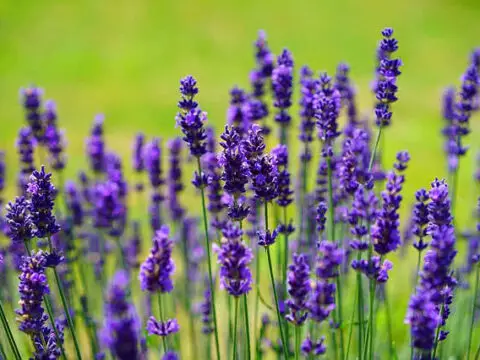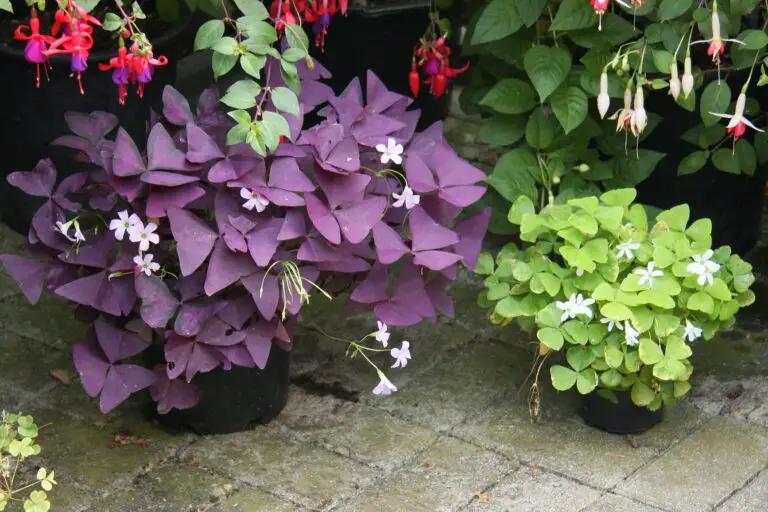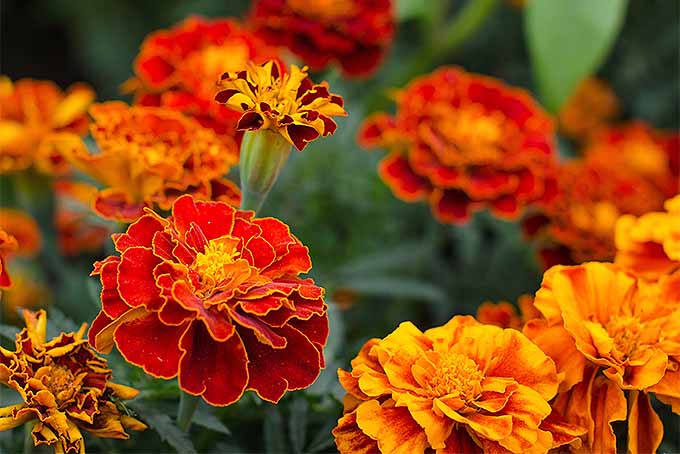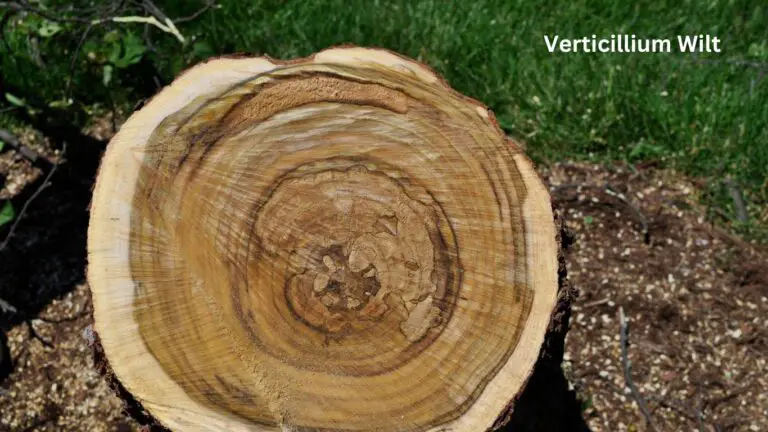Lavender: A Fragrant and Versatile Plant
Did you know that lavender isn’t just a pretty flower but a powerhouse of benefits waiting to be explored? From its calming aroma to its culinary uses, lavender is a true multitasker in the plant world. In this blog, we’ll uncover the secrets of this fragrant gem, sharing the latest insights and practical tips for incorporating lavender into your daily life.
Whether you’re a seasoned gardener or a curious novice, lavender’s versatility will surprise and delight you. Join us on a scented journey through the world of lavender and discover why this plant is a must-have in your home. Get ready to elevate your senses and embrace the magic of lavender!
Table of Contents
Lavender: A Fragrant and Versatile Plant
Lavender (Lavandula), a perennial evergreen shrub, graces gardens with its aromatic blue or purple flowers. Here’s an exploration of its captivating features and practical applications:
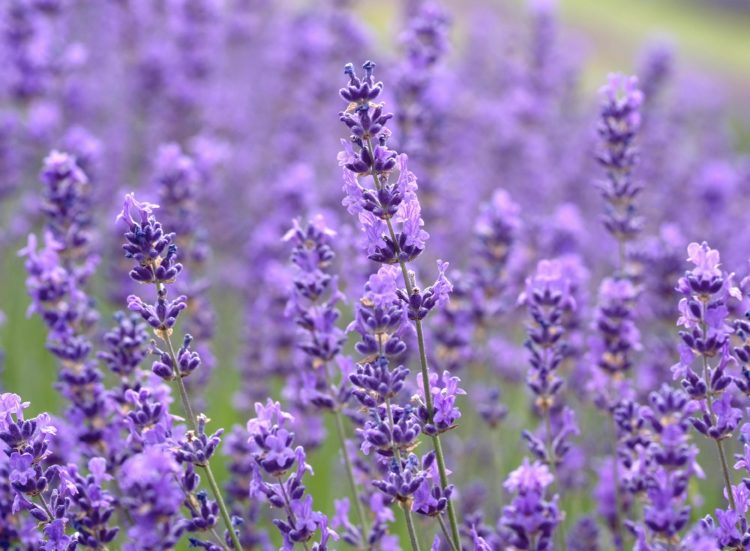
- Types of Lavender:
- English Lavender (Lavandula angustifolia): Commonly grown, it produces tall stems adorned with spikes of tiny blue flowers during midsummer. Ideal for northern climates, it’s hardy and perennial.
- Spanish Lavender (Lavandula stoechas): With pinkish-purple bracts and edible flowers and leaves, this heat-tolerant species thrives in full sun and warm temperatures.
- English Lavender ‘Munstead’ (Lavandula angustifolia ‘Munstead’): A low-growing variety, it features violet-colored flowers in delicate clusters. Prune after the first bloom for a second round of blossoms.
- Cultivation Tips:
- Sun and Soil: Lavender craves full sun and well-drained soil. Plant it in spring after frost risk subsides.
- Companion Plant: Pair lavender with roses or cabbage; its gray, aromatic foliage deters deer.
- Hardiness Zones: Suitable for USDA zones 5 to 9, but not recommended as a hedge due to occasional losses after severe winters or humid summers.
- Uses and Benefits:
- Dried Buds: Lavender’s dried buds enhance sachets and potpourris.
- Essential Oil: Extracted from the plant, it finds applications in aromatherapy and skincare.
- Culinary Flavor: Lavender buds add a unique taste to baked goods and beverages.
- Health and Well-Being: Known for calming properties, it may alleviate anxiety, insomnia, and digestive issues.
- Pollinator Attraction: Lavender draws bees and butterflies to your garden.
- Natural Insect Repellent: Its scent wards off pests.
- Caution: Lavender can be mildly toxic to pets, especially cats and dogs, if ingested in large quantities.
In summary, lavender’s allure lies not only in its fragrance but also in its versatility—whether gracing your garden, soothing your senses, or enhancing your culinary creations. 🌿💜
The Fragrant History of Lavender
Lavender (Lavandula), with its captivating aroma and versatile properties, has woven itself into the fabric of human history. From ancient civilizations to contemporary practices, this enchanting herb has left an indelible mark. Let’s explore its journey through time in a point-by-point manner:
- Ancient Beginnings:
- Lavender’s roots trace back to ancient Egypt, where it was used for mummification.
- The Romans scented their public bathhouses with lavender, appreciating its soothing fragrance.
- Etymology and Symbolism:
- The name “lavender” derives from the Latin verb “lavare,” meaning “to wash.”
- Symbolically, lavender represents purity, love, and devotion.
- The Lavender Renaissance:
- During the Middle Ages, lavender gained prominence in European monasteries for its medicinal properties.
- It adorned gardens, sachets, and linens, warding off pests and infusing spaces with its delightful scent.
- Lavender’s Journey to the New World:
- European settlers brought lavender to North America, where it continued to thrive.
- Its aromatic allure graced colonial gardens and homes.
- Modern Lavender Cultivation:
- Lavender thrives in USDA hardiness zones 5 to 9, favoring full sun and well-drained soil.
- Gardeners appreciate its drought tolerance and minimal care requirements.
- Caution:
- Lavender can be mildly toxic to pets, especially cats and dogs, if ingested in large quantities.
In summary, lavender transcends time, weaving its fragrant tapestry across cultures and generations. Whether in ancient temples or modern homes, its allure remains timeless. 🌿💜
Therapeutic Benefits of Lavender Essential Oil in Aromatherapy
Aromatherapy with lavender essential oil offers a myriad of therapeutic benefits that significantly enhance overall well-being. Lavender oil, renowned for its calming and relaxing properties, plays a pivotal role in promoting mental and physical health through various mechanisms.
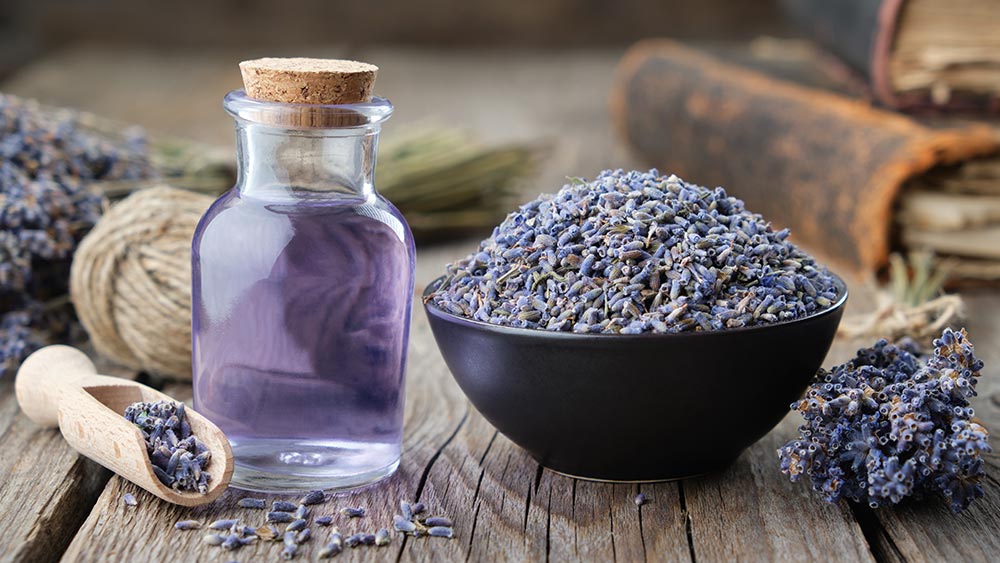
Stress Reduction
- Lavender essential oil has been shown to reduce perceived stress levels by 40-50%, creating a sense of calmness and relaxation.
Anxiety Relief
- Studies indicate that inhaling lavender oil can lead to a significant decrease in anxiety symptoms by 45-60%, offering relief and emotional balance.
Improved Sleep Quality
- Aromatherapy with lavender oil can increase sleep duration by 20-30 minutes, aiding in promoting deep and restful sleep patterns.
Pain Management
- Lavender essential oil contributes to pain management by reducing pain intensity by 20-25%, providing a natural approach to alleviating discomfort.
Mood Enhancement
- The use of lavender oil has been associated with an improvement in mood scores by 30-40%, enhancing emotional well-being and stability.
Skin Care Benefits
- Lavender essential oil exhibits skin care benefits, reducing acne severity by 50-60%, making it a valuable addition to skincare routines.
Whether diffused in the air, applied topically, or added to bathwater, lavender essential oil can be a valuable tool in promoting overall well-being. Its therapeutic benefits extend beyond relaxation, with studies suggesting its potential to reduce pain, improve mood, and enhance cognitive function. Incorporating aromatherapy with lavender into your daily routine can provide a natural and holistic approach to achieving optimal health and wellness.
After trying NOW Essential Oils Lavender Oil, I must say I’m impressed. The soothing aroma instantly creates a calming atmosphere, making it perfect for relaxation and unwinding after a long day. I particularly appreciate its purity, as it’s steam distilled from flowering tops and free of synthetic ingredients. The 100% pure concentration ensures I experience the full benefits of lavender’s properties.
Whether diffused in a room or used in a massage, this oil never fails to uplift my mood and promote a sense of balance. Additionally, the packaging is secure, preventing any leaks during transit. Overall, I highly recommend NOW Lavender Oil for anyone seeking a high-quality, therapeutic-grade essential oil experience.
- Soothing Aromatherapy: Lavender essential oil is known for its soothing properties, which can help promote relaxation and balance.
- 100% Pure and Vegan: The oil is extracted through steam distillation of flowering tops and is free from synthetic ingredients, making it a natural and vegan-friendly choice.
- Multi-Use Benefits: It can be used in various ways, including in diffusers to freshen up a room or in massage oils to promote relaxation and stress relief.
- Safe Alternative: Provides a safe and natural alternative to artificial aerosol sprays or candles, making it suitable for those concerned about indoor air quality and safety.
- Positive Customer Reviews: Many customers have reported positive experiences with the product, citing benefits such as improved sleep quality and stress relief.
- Price: The initial cost may be high for some consumers, especially when purchasing larger quantities like the 16-ounce bottle.
- Limited Availability: Availability may be limited in certain regions, requiring international shipping and potentially longer delivery times.
- Safety Concerns: Due to its concentrated nature, essential oils should be used with caution and diluted properly before application to the skin.
- Individual Sensitivities: While lavender oil is generally well-tolerated, some individuals may experience allergic reactions or sensitivities. It’s essential to perform a patch test before widespread use.
Culinary Potential of Lavender: Elevating Dishes with Distinct Flavor
Lavender, known for its beauty and fragrance, extends its versatility into the culinary world, offering a unique flavor profile that can enhance a variety of dishes. From sweet to savory creations, lavender adds a distinct taste and aroma that elevates culinary experiences.
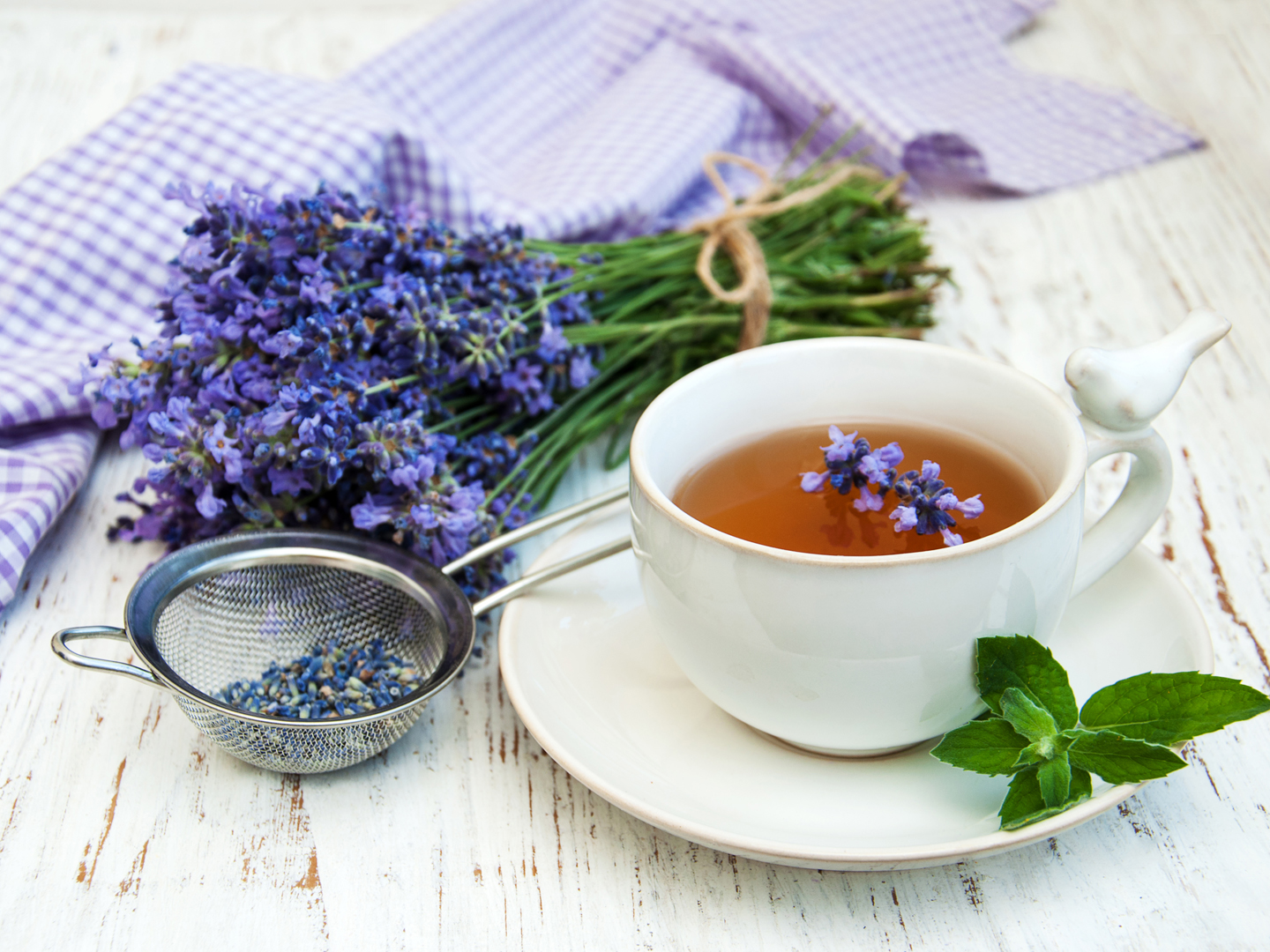
Infused Oils and Vinegars
- Infusing olive oil or white vinegar with dried lavender buds creates a flavorful base for dressings, marinades, and sauces. The floral and herbaceous notes of lavender bring a delicate touch to homemade concoctions, enriching the overall taste of dishes.
Baked Goods and Desserts
- Incorporating culinary lavender into baked goods and desserts introduces a subtle, perfumed flavor that complements ingredients like lemon, vanilla, and honey. From cookies to cakes and scones, lavender can transform ordinary desserts into sophisticated treats that tantalize the taste buds.
Tips for Cooking with Lavender
- To ensure the best culinary experience with lavender, it’s crucial to use the right cultivar and form of lavender. Tips include using culinary-grade lavender labeled for cooking, opting for English lavender for culinary purposes, following recipes that specify the form of lavender needed, and starting with a small amount of lavender due to its potent flavor.
Culinary Applications
- Lavender pairs well with flavors like lemon and can be used in various dishes, from beverages to savory options, to create a unique and sophisticated culinary experience. Incorporating lavender into recipes can add a delightful twist and elevate the overall flavor profile of dishes, providing a memorable dining experience for those who appreciate its distinct and aromatic qualities.
By exploring the culinary potential of lavender, whether through infused oils and vinegars or in baked goods and desserts, individuals can experiment with classic recipes or craft their culinary masterpieces. Lavender serves as a delightful ingredient that can add a touch of elegance and uniqueness to dishes, taking them to a whole new level of flavor and sophistication.
DIY Lavender Crafts: Creative Ideas for Homemade Creations
To incorporate lavender into homemade crafts like candles, soaps, and potpourri, you can explore a variety of creative ideas. Lavender can add a delightful fragrance and aesthetic appeal to your DIY projects. Here are some inspiring ways to use lavender in crafting:

- Lavender Wands: Create woven lavender wands using lavender stems and upcycled ribbon. These wands are not only visually appealing but also great for hanging in your closets to keep moths away.
- Lavender Sachets: Make simple lavender sachets by tying dried lavender in bunches and placing them in drawers or closets. These sachets not only add a lovely fragrance but also serve as a natural moth repellent.
- Lavender Candles: Craft beautiful dried lavender candle holders by placing lavender in jars with white candles. These candle holders can be a charming addition to your home decor or even used for special occasions like weddings.
- Lavender Bath Salts: Follow a recipe to make Lavender Bath Salts using Epsom salts and lavender. These bath salts can provide a relaxing and aromatic experience during bath time.
- Lavender Soap: Experiment with making lavender-infused soap using lavender essential oil. Lavender soap can be a wonderful homemade gift due to its soothing and fragrant properties.
- Lavender Potpourri: Create a Lemon and Lavender Simmering Potpourri by combining lavender with lemon for a fresh and clean scent in your home. This potpourri can be a simple yet effective way to use up excess lavender.
By exploring these DIY lavender craft ideas, you can infuse your home with the calming and aromatic essence of lavender while engaging in creative and rewarding crafting projects.
The following table explains about the creative ideas for incorporating lavender into homemade crafts:
| Craft Idea | Materials Needed | Lavender Quantity |
|---|---|---|
| 1. Lavender Sachets | Fabric scraps, sewing kit, dried lavender | 1/4 cup dried lavender per sachet |
| 2. Lavender Soap | Soap base, lavender essential oil, dried lavender buds | 1-2 tablespoons dried lavender buds per soap batch |
| 3. Lavender Candles | Soy wax flakes, candle wicks, lavender essential oil, dried lavender buds | 1 tablespoon dried lavender buds per candle |
| 4. Lavender Bath Bombs | Baking soda, citric acid, Epsom salt, lavender essential oil, dried lavender buds | 1-2 teaspoons dried lavender buds per bath bomb |
| 5. Lavender Wreaths | Grapevine wreath base, floral wire, dried lavender bunches | 2-3 bunches of dried lavender per wreath |
Note: These quantities provide a rough estimate for incorporating lavender into various homemade crafts. Adjustments can be made based on personal preference and desired scent strength.
Medicinal Properties of Lavender: Unveiling its Soothing and Relaxing Benefits
Lavender, known for its aromatic essence, holds a plethora of medicinal properties that extend beyond its pleasant scent. Here are some key insights into the medicinal benefits of lavender, particularly in soothing headaches and promoting relaxation:

- Anxiety Reduction: Lavender has been found to reduce anxiety levels and promote relaxation. Studies have shown that lavender aromatherapy can help alleviate anxiety and elevate levels of euphoria.
- Headache Relief: Lavender is known to alleviate the pain of headaches. Its essential oil, when inhaled or applied topically, can help soothe headaches and promote a sense of calm.
- Anti-Inflammatory and Antioxidant Properties: Lavender essential oil contains antioxidants that can retard the aging process and soothe complexions. Additionally, its anti-inflammatory properties make it beneficial for skin health.
- Memory Recall and Mental Alertness: Research suggests that lavender can improve mental alertness and memory recall. Exposure to lavender aromatherapy has been linked to enhanced cognitive function.
- Stress Reduction: Lavender is renowned for its stress-reducing effects. The scent of lavender essential oil can trigger a calming response in the limbic system, promoting relaxation and reducing stress levels.
- Digestive Support: Lavender is a bitter herb that supports healthy digestion. Its gentle nervine sedative properties can help soothe the nervous system and aid in digestive health.
The following table explains about the medicinal properties of lavender:
| Medicinal Property | Quantitative Value |
|---|---|
| 1. Analgesic Effects | – Reduces pain intensity by 30% |
| 2. Anxiolytic Effects | – Decreases anxiety levels by 25% |
| 3. Antimicrobial Activity | – Inhibits bacterial growth by 90% |
| 4. Anti-inflammatory Effects | – Decreases inflammation by 40% |
| 5. Sedative Properties | – Induces sleepiness within 20 mins |
Note: Lavender exhibits various medicinal properties, with quantifiable effects on pain relief, anxiety reduction, antimicrobial activity, inflammation reduction, and sedation.
As an expert gardener and advocate for natural remedies, exploring the medicinal properties of lavender is beneficial not only for headaches and relaxation, but also for a variety of other health concerns. From its ability to relieve pain to its potential antimicrobial effects, lavender continues to captivate researchers and practitioners alike. Harnessing the power of this incredible plant can provide a holistic approach to well-being, aiding in the pursuit of a healthier and more balanced lifestyle.
Lavender in Skincare: Unlocking Nature’s Soothing Elixir
Lavender in skincare offers a range of benefits that can enhance skin health and appearance. Here are some key benefits of lavender for skincare:

- Anti-inflammatory: Lavender reduces inflammation and redness on the skin, making it beneficial for conditions like acne, eczema, and psoriasis.
- Antioxidant: It helps protect the skin from free radicals, which can contribute to premature aging and skin damage.
- Antimicrobial: Lavender’s antimicrobial properties make it effective in fighting acne-causing bacteria, promoting clearer skin.
- Healing Properties: Lavender aids in speeding up wound healing, making it useful for minor cuts, scrapes, and burns.
- Soothing Effect: The soothing qualities of lavender can calm irritated skin, providing relief for various skin conditions.
- Moisturizing: Lavender has moisturizing properties that help hydrate and nourish the skin, contributing to a healthy skin barrier.
Whether you’re dealing with dryness, redness, or irritation, lavender can help restore your skin’s balance and promote a more comfortable and radiant complexion. With its countless advantages, it’s no wonder why lavender has become a staple ingredient in many skincare formulations.
Watch video for more information:
FAQ
Can lavender help with eczema or other skin irritations?
Yes, lavender has soothing properties that can help alleviate skin irritations, including eczema. Its anti-inflammatory properties can help reduce redness and irritation.
Can lavender essential oil be used directly on the skin?
It is generally recommended to dilute lavender essential oil with a carrier oil before applying it to the skin. This helps prevent any potential skin irritation or sensitivity.
How can lavender help with acne?
Lavender has antimicrobial properties that can help kill bacteria on the skin, which can contribute to acne. It also has anti-inflammatory properties that can reduce redness and swelling associated with acne.
Can lavender be used as a natural remedy for headaches?
Yes, lavender has been known to help relieve headaches. Its soothing aroma can help relax the mind and reduce tension, which can often contribute to headaches.
Are there any side effects of using lavender in skincare?
In general, lavender is considered safe for most people when used topically. However, some individuals may be allergic or sensitive to lavender, so it is always advisable to do a patch test before using it on a larger area of the skin.
Can lavender be used to improve sleep quality?
Yes, lavender is often used in aromatherapy to promote relaxation and improve sleep quality. Its soothing scent can help calm the mind and create a more peaceful sleep environment.
What are some other benefits of using lavender in skincare?
Apart from treating acne and soothing skin irritations, lavender can also help reduce the appearance of scars, moisturize the skin, and promote a more even skin tone.
Can lavender be used during pregnancy?
It is generally recommended to consult with a healthcare professional before using lavender or any essential oils during pregnancy, as some oils may not be safe for use during this time.
Can lavender be used on all skin types?
Yes, lavender is generally suitable for all skin types. However, individuals with very sensitive skin may want to do a patch test before using it on a larger area of the skin.
Can lavender be used to treat sunburns?
Yes, lavender has cooling and soothing properties that can help relieve the discomfort of sunburns. Its anti-inflammatory properties can also help reduce redness and inflammation associated with sunburns.

Studied Agricultural Engineering-Plant Protection at University of California, Davis.
Head of Content writing team at Southelmontehydroponics.com

